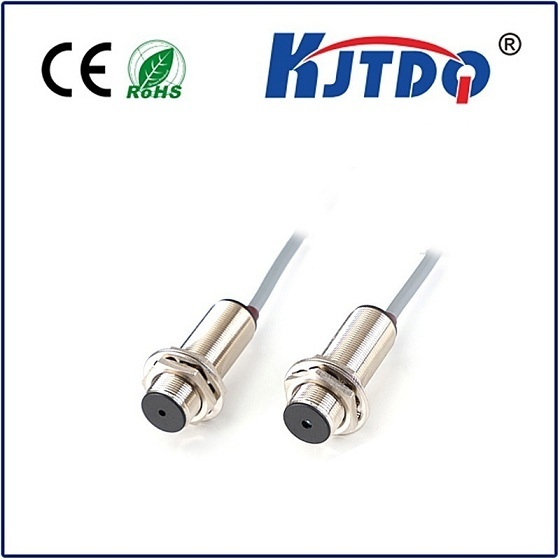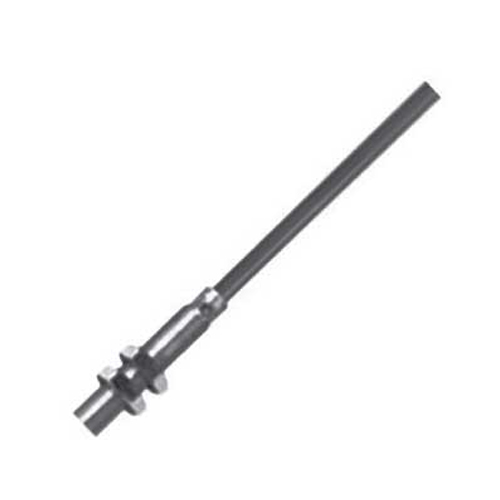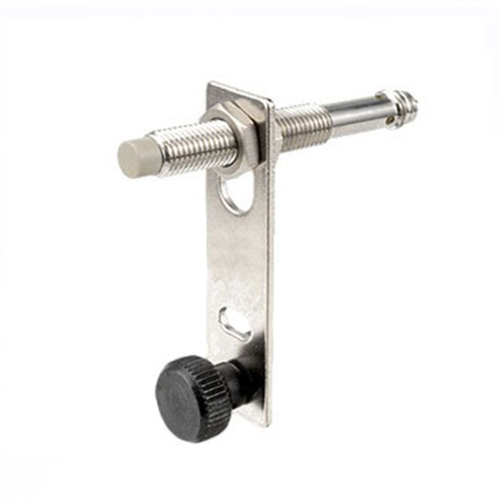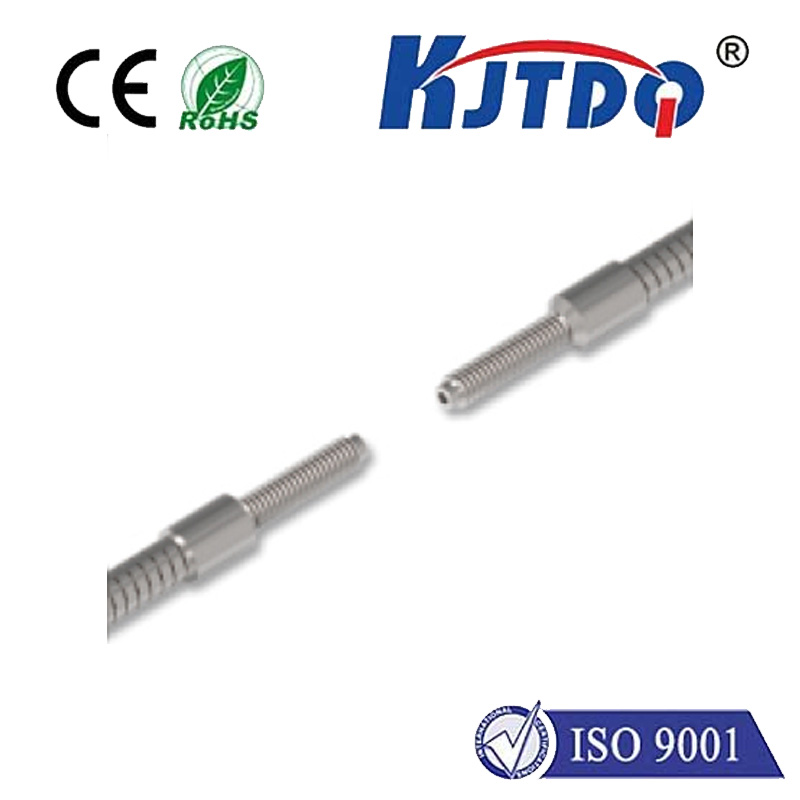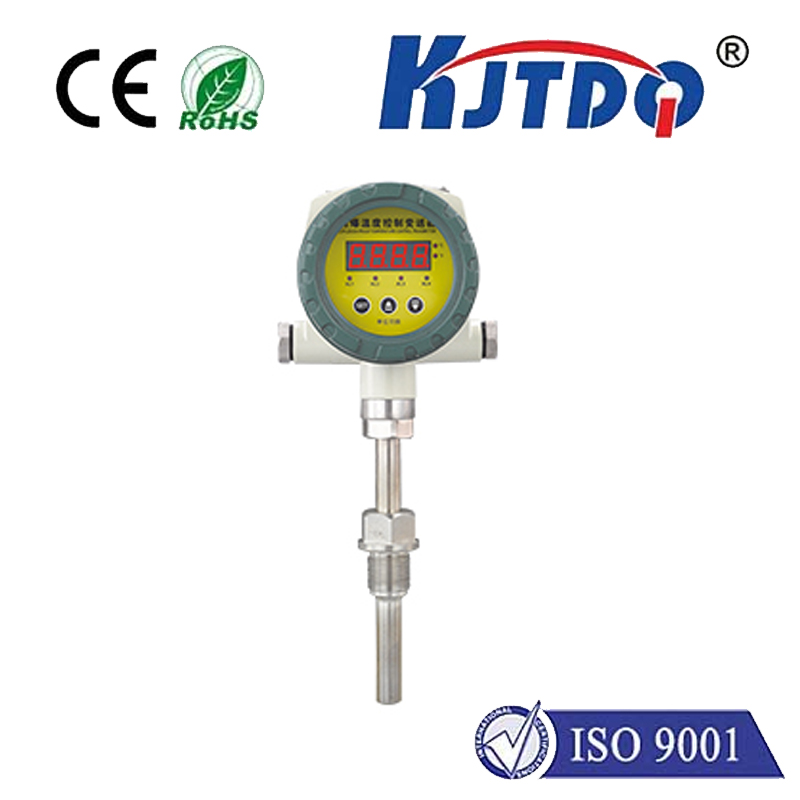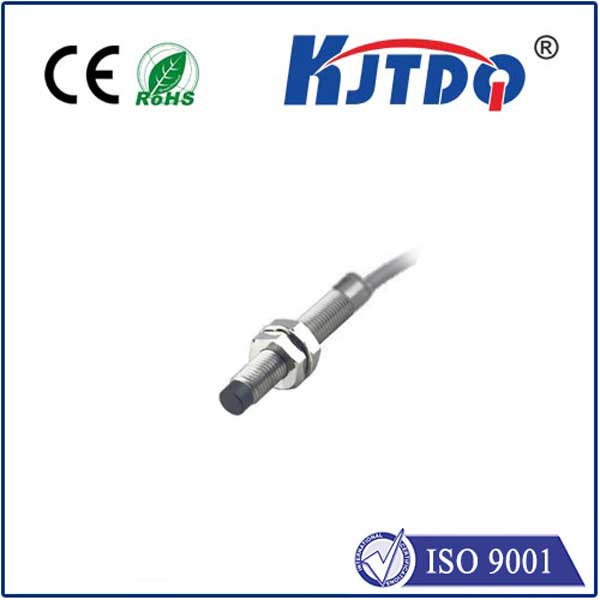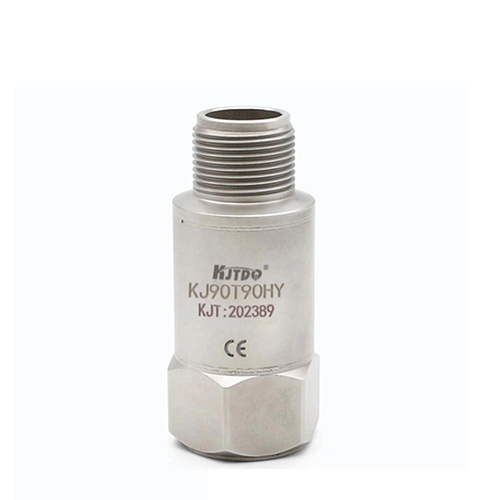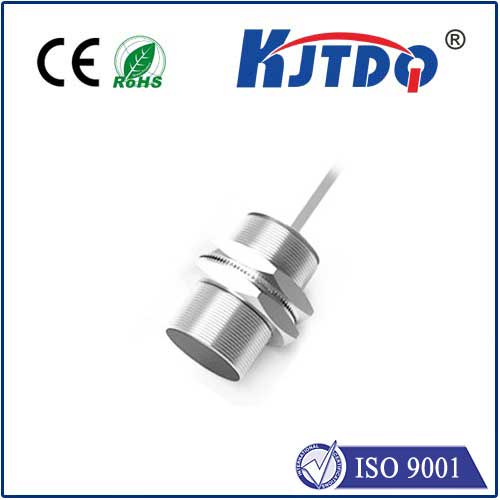E3Z-LL83 0.5M background suppression sensor
- time:2025-09-26 05:05:34
- Click:0
Precision in Proximity: Mastering Background Suppression with the E3Z-LL83 0.5M Sensor
In the intricate dance of modern automation, reliably detecting the presence, absence, or position of objects is fundamental. Yet, countless applications stumble upon a common nemesis: the cluttered background. This is where the E3Z-LL83 0.5M Background Suppression Sensor steps onto the stage, offering a potent blend of precision, resilience, and intelligent detection tailored for challenging industrial environments. For engineers and system integrators battling unreliable signals caused by background interference, this photoelectric sensor isn’t just a component; it’s a targeted solution engineered for clarity.
The Persistent Problem: When Backgrounds Obscure Signals
Traditional diffuse reflection photoelectric sensors work by emitting a light beam (usually infrared or visible red) and detecting the light reflected back from a target object. Their simplicity is a virtue, but it becomes a liability when reflective surfaces behind the intended target also bounce light back to the receiver. This creates false triggers – the sensor signals an object is present when it isn’t, or worse, fails to detect the target because background reflection swamps the signal. Think of detecting a dark box on a shiny conveyor belt, a bottle on a stainless-steel surface, or a component against a painted wall. This “background noise” disrupts processes, causes machine stoppages, and compromises quality control.
Enter Background Suppression: The Smart Cut-Off

Background Suppression (BGS) is a sophisticated photoelectric sensing principle designed specifically to overcome this challenge. Unlike basic diffuse sensors, BGS sensors like the E3Z-LL83 employ triangulation. Here’s the clever mechanism:
- Emitter: Sends out a converging beam of light.
- Receiver Lens: Focuses the reflected light onto a special position-sensitive detector (PSD), not just a simple photodiode.
- Triangulation: The position where the reflected light spot lands on the PSD depends on the distance of the reflecting object.
- Light reflected from a close object hits the detector in one spot.
- Light reflected from a distant object (the background) hits the detector in a different spot.
- Intelligent Switching: The sensor’s internal electronics are calibrated to only trigger when the light spot lands on the specific area of the PSD corresponding to objects within its programmed sensing range (0.5M). Light reflected from objects beyond this set distance is effectively ignored.
The E3Z-LL83 0.5M: Engineered Precision for Demanding Automation
The E3Z-LL83 exemplifies Omron’s commitment to robust and reliable sensing. Its 0.5M background suppression capability provides a distinct operational zone, making it exceptionally suited for applications where targets must be distinguished from backgrounds within this half-meter range. Key features solidify its position as a premier choice:
- Unwavering Target Discrimination: Its core strength lies in reliably detecting objects within the 0.5m window while completely ignoring reflections from surfaces beyond this point. This eliminates false triggers caused by machinery, walls, or other objects in the background zone.
- Robust Construction for Harsh Environments: Built to industry-leading standards, the E3Z-LL83 boasts an IP67 rating. This signifies exceptional resistance to dust ingress and protection against water immersion up to 1m for 30 minutes, ensuring reliable operation in washdown areas or dirty industrial settings.
- Enhanced Connectivity & Intelligence: Featuring IO-Link communication, the E3Z-LL83 transcends simple on/off switching. This open standard protocol allows for:
- Remote monitoring of sensor health and status.
- Easy adjustment of settings (like sensitivity or operating mode) from a controller, minimizing downtime during changeovers.
- Advanced diagnostics and predictive maintenance capabilities.
- Versatile Output & Mounting: Offered with both NPN and PNP output configurations (sourcing or sinking), it seamlessly integrates with a vast array of PLCs and control systems. Its compact, M12 threaded cylindrical housing simplifies mounting and replacement in tight spaces commonly found on machinery.
- High Environmental Tolerance: Engineered to perform consistently in challenging conditions, it operates effectively within a wide temperature range (-40°C to +70°C), resists common chemicals encountered in industrial settings, and offers excellent vibration and shock resistance (10-55Hz, 1mm double amplitude; 500m/s², 3 times each in X, Y, Z directions).
Where the E3Z-LL83 0.5M Excels: Real-World Applications
This sensor’s unique capabilities make it indispensable in numerous scenarios demanding precise object discrimination within its operational envelope:
- Packaging Lines: Detecting boxes, cartons, or products on a conveyor belt while ignoring the belt itself or rollers underneath, even if they are shiny or reflective. Ensuring correct count and positioning before sealing or labeling.
- Material Handling: Verifying the presence of pallets, totes, or bins at a specific pick/place station, ignoring the concrete floor or metal framework behind the drop point. Crucial for robotic arm positioning accuracy.
- Assembly Automation: Detecting components on a fixture or carrier, ignoring the metallic background of the assembly jig. Ensuring parts are correctly loaded before the next process step.
- Bottle & Can Handling: Reliably sensing transparent or translucent containers on filling lines, distinguishing the container itself from potentially reflective conveyor surfaces or backing plates.
- Machine Tooling: Monitoring the correct positioning of tools, fixtures, or workpieces within a machine cavity, ensuring background surfaces like the machine bed don’t cause false signals.
- Logistics & Warehousing: Verifying the presence of packages on shelves or automated guided vehicles (AGVs) within precise location zones.
Implementing the E3Z-LL83 for Optimal Performance
While its background suppression technology is powerful, achieving best results requires attention to detail:
- Mounting: Ensure stable mounting, minimizing vibration that could affect detection. Adjust the sensor angle precisely perpendicular to the target surface for optimal reflection.
- Target Properties: Although generally effective on various colors and surfaces, highly absorbent (matte black) or very small targets might require sensitivity adjustment. Transparent liquids can be challenging.
- Background Distance: The key to success is ensuring the actual background is indeed beyond the configured 0.5m sensing range. Calibrating the sensor properly during setup is critical. Its integrated sensitivity adjustment potentiometer facilitates fine-tuning.
- Lens Maintenance: Keep the emitter and receiver lenses clean from dirt, dust, or condensation to ensure reliable light transmission and reception. The IP67 rating protects the internals, but clear lenses are essential for performance






